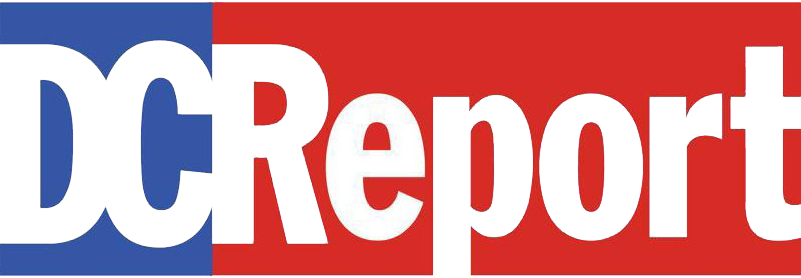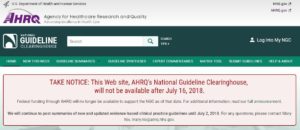Big Pharma Beneficiaries Delete Storehouse of Medical Guidelines
America’s federal database of medical treatment guidelines—a resource for doctors, hospitals and patients for more than two decades—will be dead on Tuesday (July 17). The National Guideline Clearinghouse website at Guidelines.gov was shut down by the Agency for Healthcare Research and Quality, it said, because “Federal funding through AHRQ will no longer be available to support the NGC.”
Rep. Hal Rogers (R-Ky.), chair of the House Appropriations Committee until the beginning of last year, had targeted the agency for elimination even after doctors warned him not to kill Guidelines.gov. As TYT reported on Sunday, Rogers doubled the number of health-industry companies in which he invested last year.
The White House also pitched killing the research agency. Under new Appropriations Chairman Rep. Rodney Frelinghuysen (R-N.J.), the agency was spared last year, but the Guidelines.gov budget was slashed from $2.1 million to $1.2 million.
The national guidelines have been a target for Republicans since the 1990s, when back surgeons balked at guidelines favoring nonsurgical alternatives for treating back pain. And big healthcare companies have billions of dollars at stake in which guidelines are used by consumers. An estimated 200,000 visitors turned to Guidelines.gov each month. For decades, the federal guidelines have had something of a monopoly. As of Tuesday, that will no longer be the case.
And the healthcare industry has shown a willingness to shade medical guidelines to its benefit.
In the early 2000s, one of Eli Lilly’s most high-profile drugs, Xigris, was supposed to make the company billions of dollars by treating sepsis, blood poisoning that kills thousands of Americans every year. Xigris was approved by the Food and Drug Administration even though the internal vote was evenly split. But the profits failed to materialize.
In 2006, three doctors who worked at the National Institutes of Health wrote an article in the New England Journal of Medicine revealing details about what Eli Lilly did next.
The company spent $1.8 million to fund a task force on Values, Ethics, and Rationing in Critical Care. The task force guidelines implied it was immoral for doctors to oppose the high price of Xigris—about $8,000 for the four-day treatment—and favored Xigris over older treatments which had not been subjected to clinical trials.
Eli Lilly stood by its actions.
It’s unclear which of the Xigris guidelines made it into the national clearinghouse. Online indices of the clearinghouse show guidelines for Drotrecogin alfa, the generic name for Xigris, appear to have been part of the national clearinghouse. But even before Guidelines.gov went dark, those guidelines were reported as withdrawn.
As of Sunday, the archive no longer appeared to be active.
The research agency has not publicly explained how it settled on Guidelines.gov for elimination—when the agency itself received a slight funding increase last year.
The Agency for Healthcare Research and Quality is within the Department of Health and Human Services, which also includes the Food and Drug Administration. Health and Human Services Secretary Alex Azar was at the department during the Xigris incident, first as the department’s general counsel and then as deputy secretary. From 2012 to 2017 he served as president of the U.S. division of Eli Lilly.
Frelinghuysen’s federal filings show that at the end of last year he owned between $500,000 and $1,000,000 in Eli Lilly stock, with at least another $100,000 worth held by a trust fund.
Jonathan Larsen is managing editor of TYT Investigates.
Featured Image: Health and Human Services Secretary Alex Azar, Trump and Vice President Pence in the White House Jan. 29, 2018. (White House photo/Joyce Boghosian)




